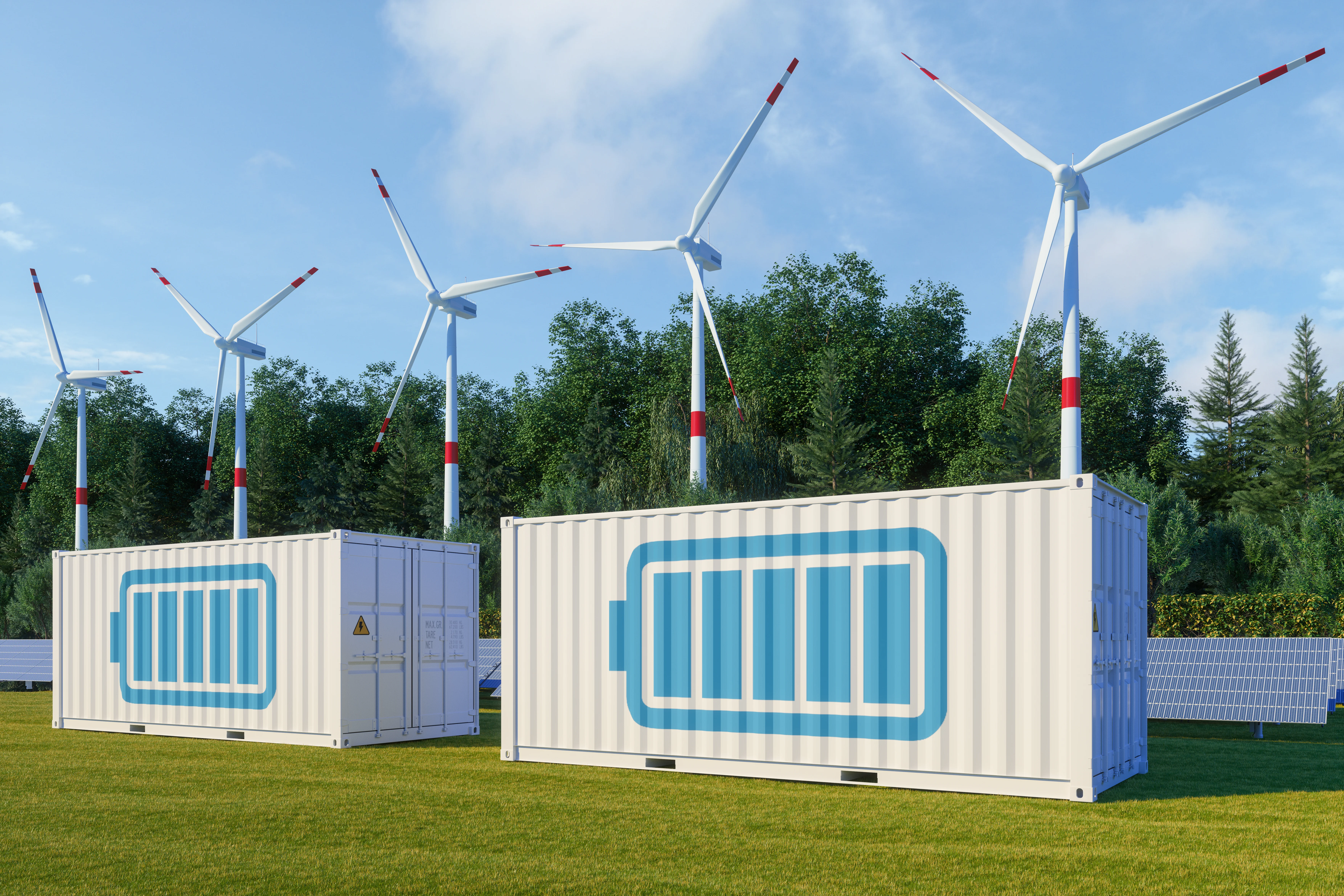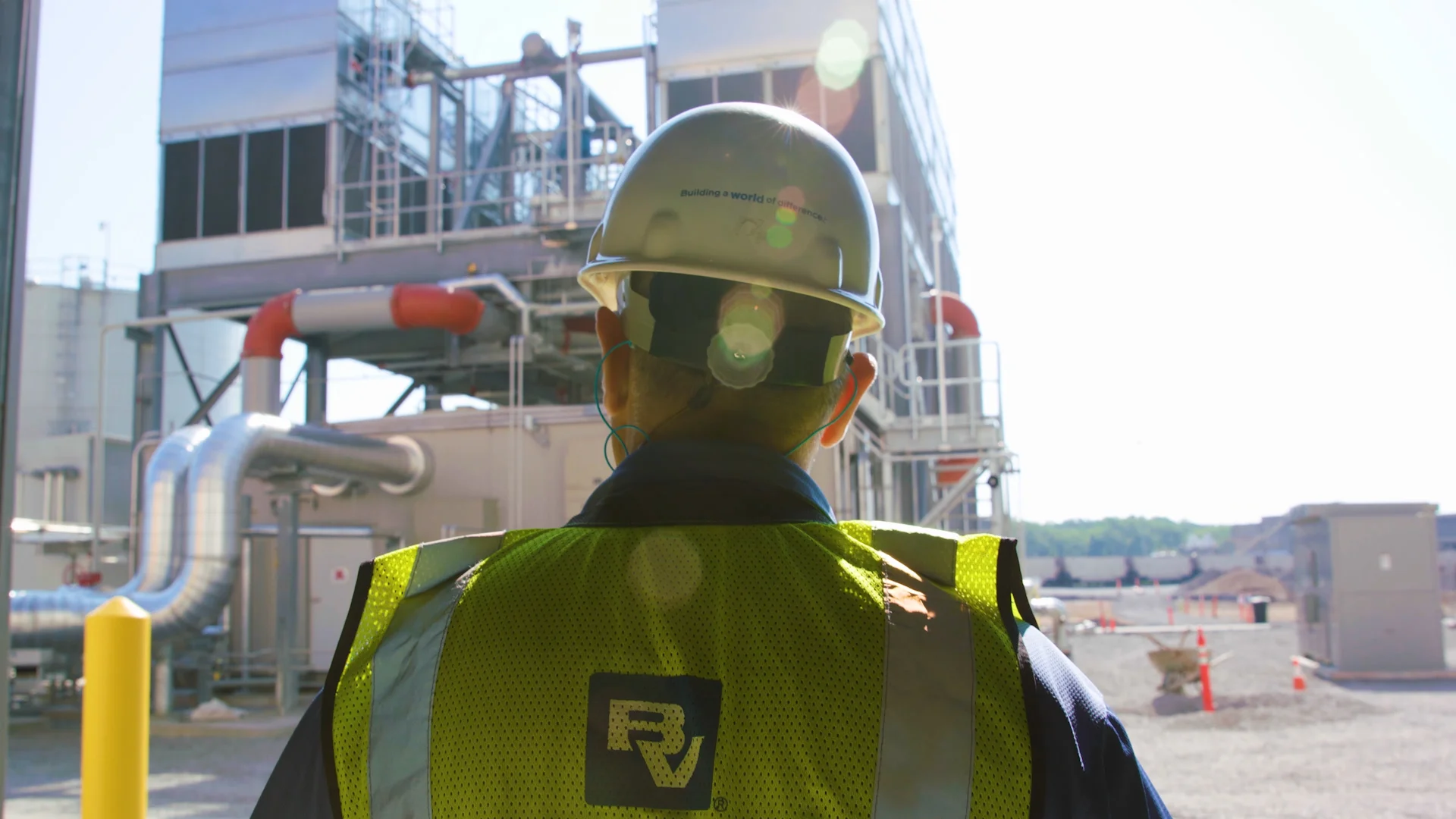Storage- and Demand-side Management

Renewables, smart grid technologies, hybrid generation and microgrids. Asian power providers have traditionally focused on coal to provide inexpensive power to keep pace with the region’s growth. Today, shifting clean energy policies challenge this model.
How can power providers in developing Asia remain economically sensitive, increase electrification, and provide steady and reliable power while also modernizing their grids with renewable energy, intermittent by nature? Energy storage is a low-risk first step.
1. Storage Makes Renewable Energy Manageable
Renewable energy’s natural volatility is challenging for operators who have to carefully match power supply, demand and meet power quality specifications. This is especially problematic for grids in Asia where varying levels of grid strength tremendously impact the grid’s ability to integrate intermittent renewable energy. Energy storage serves to even this volatility.
2. Storage Is a Service
Energy storage helps avoid costs. During the day, more people need power. This puts additional stress on the power grid and requires operators to ramp up and down during high- and low-demand periods. A good starting point for assessing the monetary benefit is estimating the full costs of system stress due to excessive adjustments that could be managed via energy storage.
3. Storage Enables a ‘Bare Bones’ Smart Grid
Installing energy storage in the existing power system and coupling this with demand-side management (DSM) is the simplest way to create a “bare bones” smart grid. DSM can be as basic as informing customers through text messages of pricing incentives to reduce power consumption for a period of time. These simple communications can begin shaping consumption patterns.
4. Storage Flattens the Load Curve
Time of use (TOU) pricing charges more for power during peak and less for off peak hours. Introducing TOU pricing, together with storage as a service, will flatten the load curve on power assets over the course of the day. Such pricing mechanisms can optimize revenues and curb demand. They also play an important role in reducing waste from standby power and peak load spikes.
5. Storage Prolongs Key Equipment
Selectively installing energy storage may help delay costly upgrades to transformers, distribution lines, and other high capex items by several years. Many cities in Asia have grown rapidly and equipment installed in previous decades is often now undersized relative to current consumption. Installing energy storage at strategic locations in the grid can save operators significant cost.
Contact Us
Looking for a partner in innovation?
Let's Talk
